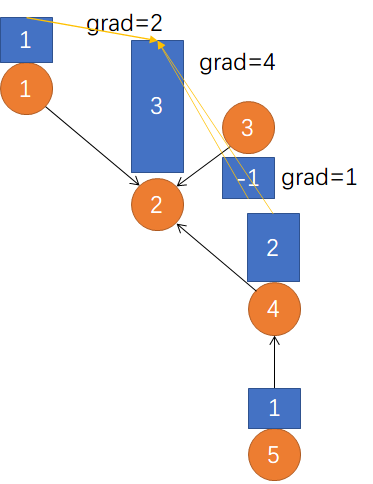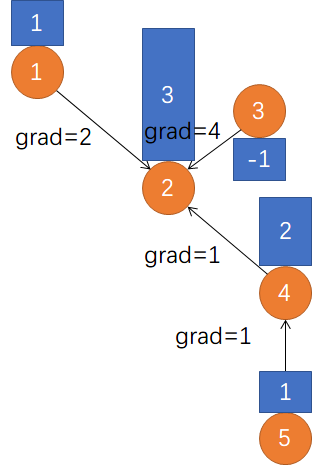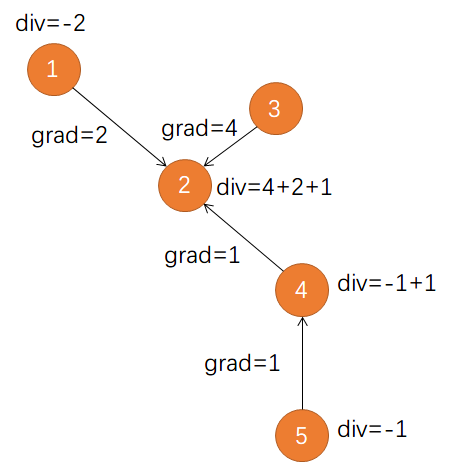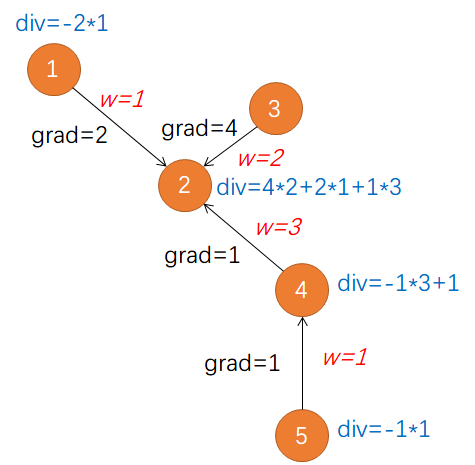Neural networks have been adapted to leverage (lever:杠杆,leverage:借助) the structure and properties of graphs. We explore the components needed for building a graph neural network - and motivate the design choices behind them.
Understanding Convolutions on Graphs
- social networks
- molecules
- organizations
- citations
- physical models
- transactions(交易)
⇒ Graphs
Neural Networks(NNs): fixed-size and/or regular-structured inputs
Graph Neural Networks(GNNs): operate naturally on graph-structured data
The Challenges of Computation on Graphs
- Lack of Consistent Structure (but flexible)
- Node-Order Equivariance(等效性)
- Scalability n∼m Sparse
Problem Setting and Notation
- Node Classification: Classifying individual
- Graph Classification: Classifying entire graphs.
- Node Clustering: Grouping together similar nodes based on connectivity.
- Link Prediction: Predicting missing links.
- Influence Maximization: Identifying influential nodes.
Polynomial Filters on Graphs
Basic Concepts
- We consider simple graphs (no multiple edges or loops),
G={V,E}
- V(G)={v1,…,vn} is called the vertex set with n=∣V∣;
- E(G)={eij} is called the edge set with m=∣E∣;
- An edge eij connects vertices vi and vj if they are adjacent or neighbors. One possible notation for adjacency is vi∼vj;
- The number of neighbors of a node v is called the degree of v and is denoted by d(v),d(vi)=∑vi∼vjeij. If all the nodes of a graph have the same degree, the graph is regular (正则图); The nodes of an Eulerian graph have even degree.
- A graph is complete if there is an edge between every pair of vertices.
- H is a subgraph of G if V(H)⊆V(G) and E(H)⊆E(G);
- a subgraph H is an induced subgraph of G if two vertices of V(H) are adjacent if and only if they are adjacent in G.
- A clique is a complete subgraph of a graph.
- A path of k vertices is a sequence of k distinct vertices such that consecutive vertices are adjacent.
- A cycle is a connected subgraph where every vertex has exactly two neighbors.
- A graph containing no cycles is a forest. A connected forest is a tree.
- A graph is called k-partite if its set of vertices admits a partition into k classes such that the vertices of the same class are not adjacent.
- bipartite 二部图
Adjacency Matrix
-
For a graph with n vertices, the entries of the n×n adjacency matrix are defined by:
A:=⎩⎪⎨⎪⎧Aij=1Aij=0Aii=0 if there is an edge eij if there is no edge A=⎣⎢⎢⎡0110101111000100⎦⎥⎥⎤
-
A is a real-symmetric matrix: it has n real eigenvalues and its n real eigenvectors form an orthonormal basis.
-
Let {λ1,…,λi,…,λr} be the set of distinct eigenvalues. The eigenspace Si contains the eigenvectors associated with λi
Si={x∈Rn∣Ax=λix}
-
For real-symmetric matrices, the algebraic multiplicity is equal to the geometric multiplicity, for all the eigenvalues.
-
The dimension of Si (geometric multiplicity) is equal to the multiplicity of λi. 代数重数和几何重数。
-
If λi=λj then Si and Sj are mutually orthogonal. 相互正交
-
We consider real-valued functions on the set of the graph’s vertices, f:V→R. Such a function assigns a real number to each graph node. 规定点权
-
f is a vector indexed by the graph’s vertices, hence f∈Rn. n 个节点对应 n 个点权。
-
Notation: f=(f(v1),…,f(vn))=(f(1),…,f(n)). 记号
-
The eigenvectors of the adjacency matrix, Ax=λx, can be viewed as eigenfunctions. 特征函数
-
The adjacency matrix can be viewed as an operator(作用是将一个节点的权值变为相邻节点的权值)
g=Af;g(i)=i∼j∑f(j)
- It can also be viewed as a quadratic form(二次型): 作用是对于每一条边,计算相邻节点的权值之和。
f⊤Af=eij∑f(i)f(j)
Incidence Matrix
- Let each edge in the graph have an arbitrary but fixed orientation;
- The incidence matrix of a graph is a ∣E∣×∣V∣(m×n) matrix defined as follows:(关联矩阵)
∇:=⎩⎪⎨⎪⎧∇ev=−1∇ev=1∇ev=0 if v is the initial vertex of edge e if v is the terminal vertex of edge e if v is not in e∇=⎣⎢⎢⎡−110010−1−10−110000+1⎦⎥⎥⎤
- 关联矩阵是离散微分算子。


Laplacian Matrix
对应连续情况梯度+散度。

- L=∇⊤∇
- (Lf)(vi)=∑vj∼vi(f(vi)−f(vj))
- 其中 Lf 是一个新的函数。
- Connection between the Laplacian and the adjacency matrices:
L=D−A
- The degree matrix: D:=Dii=d(vi). Eigen Value 0: Correspond to 1n. In degree=Out degree
L=⎣⎢⎢⎡2−1−10−13−1−1−1−1200−101⎦⎥⎥⎤

The Laplacian matrix of an undirected weighted graph
- We consider undirected weighted graphs: Each edge eij is weighted by wij>0.
- The Laplacian as an operator:
(Lf)(vi)=vj∼vi∑wij(f(vi)−f(vj))
f⊤Lf=21eij∑wij(f(vi)−f(vj))2
- L is symmetric and positive semi-definite.
- L has n non-negative, real-valued eigenvalues:
0=λ1≤λ2≤…≤λn.
我是这么想的,先对整张图进行统计,计算一条边在所有或部分 (u,v) 点对之间最短路路径的出现次数。设定一定阈值,在阈值以上的边称为主干道,主干道的点称为主节点。从开始节点到结束节点,可以抽象为从开始节点到主节点,主节点之间移动,从主节点到结束节点。因此,算法可以分为:
-
预处理主节点之间的最短路
-
通过Dijkstra算法得到离当前开始节点最近的主节点,离结束节点最近的主节点(这个时候可能要把边反向)
-
通过预处理的最短路计算主节点之间的距离
后面发现和 CCH 算法类似







